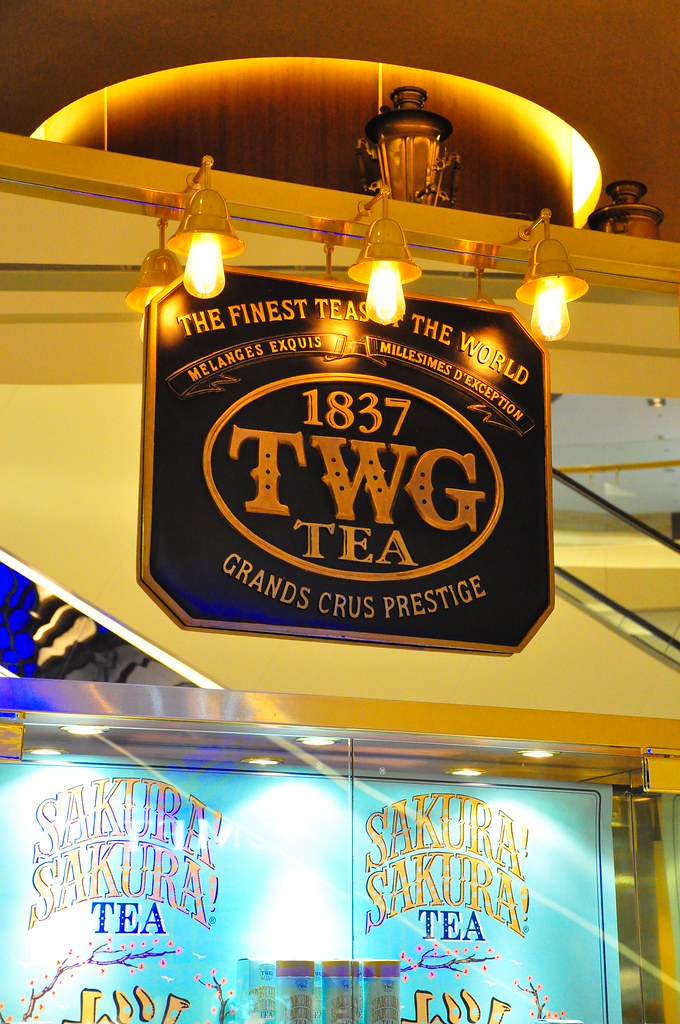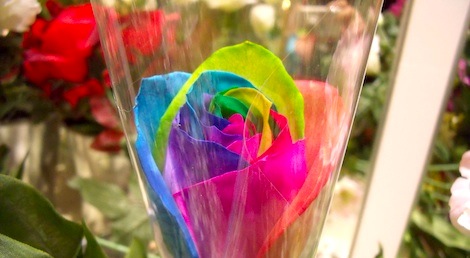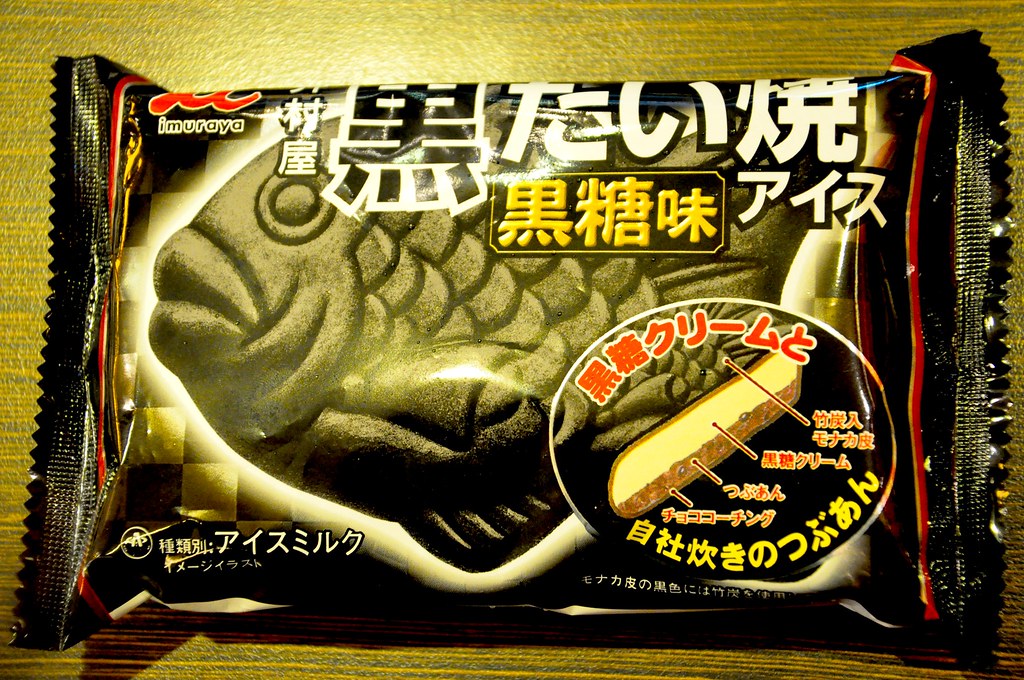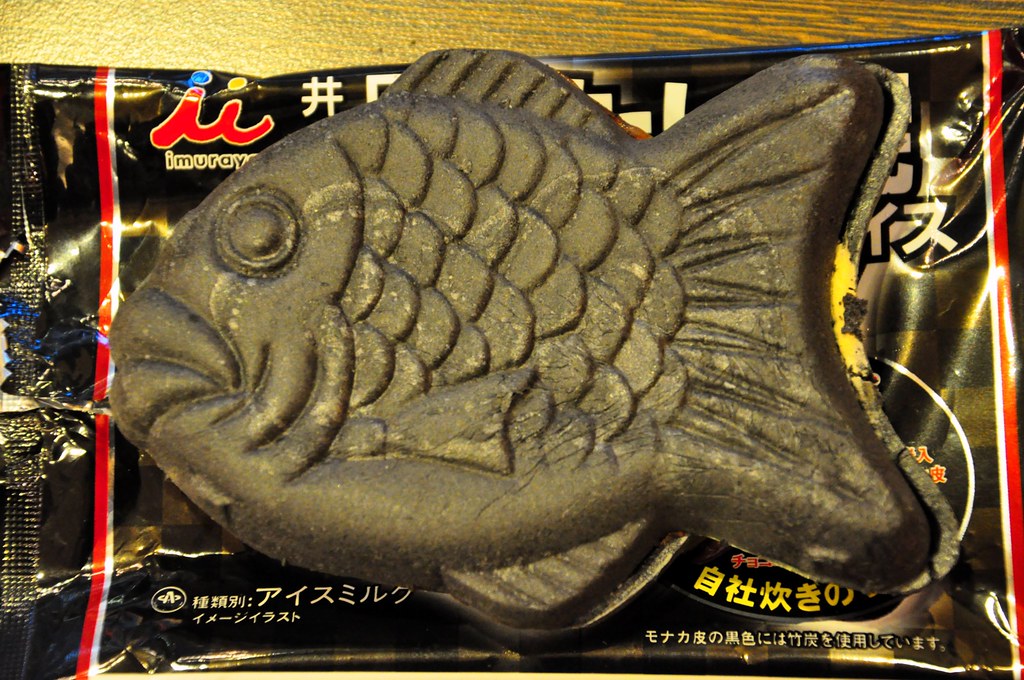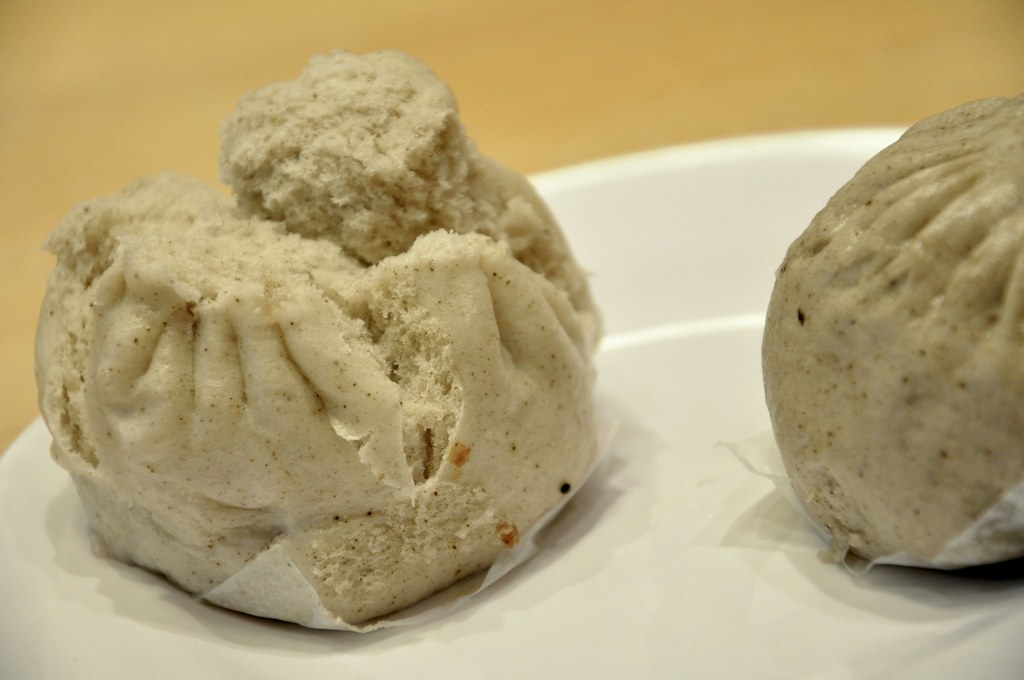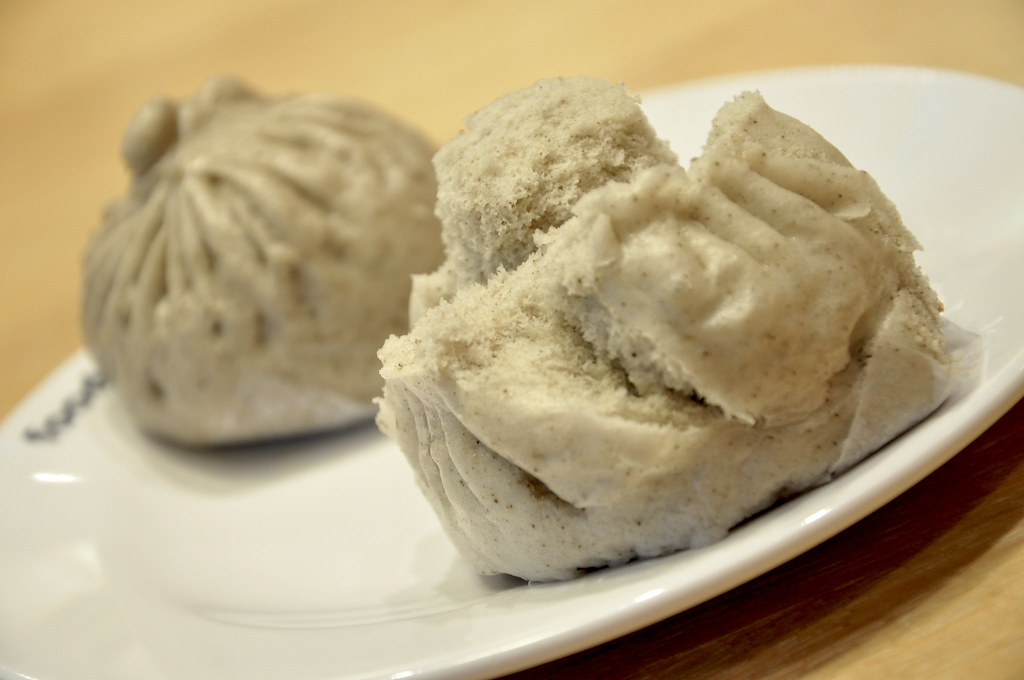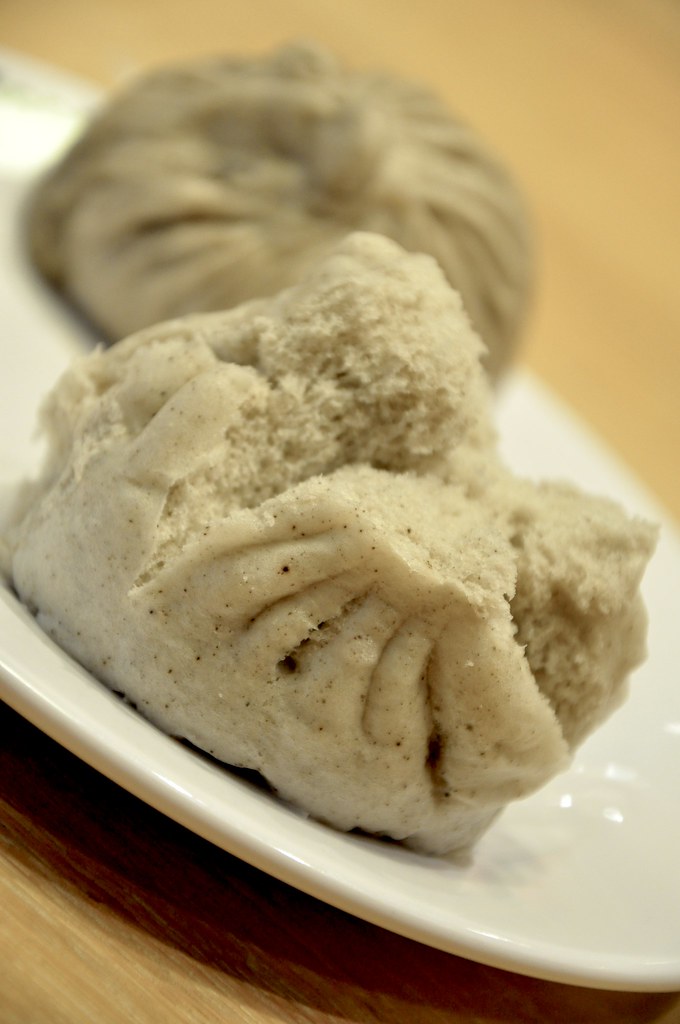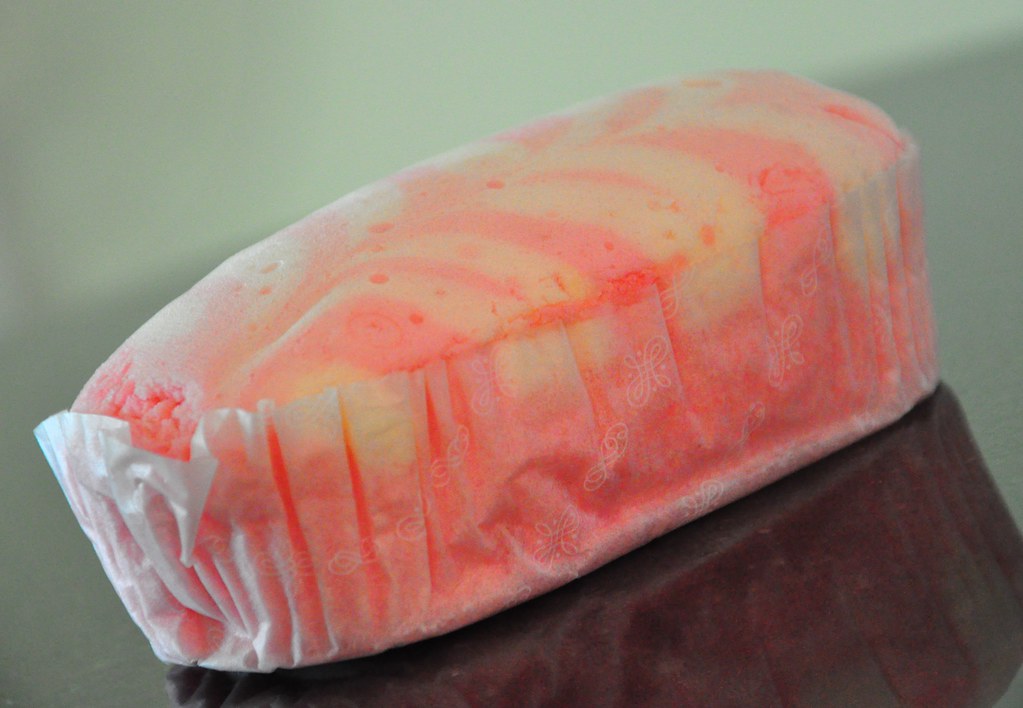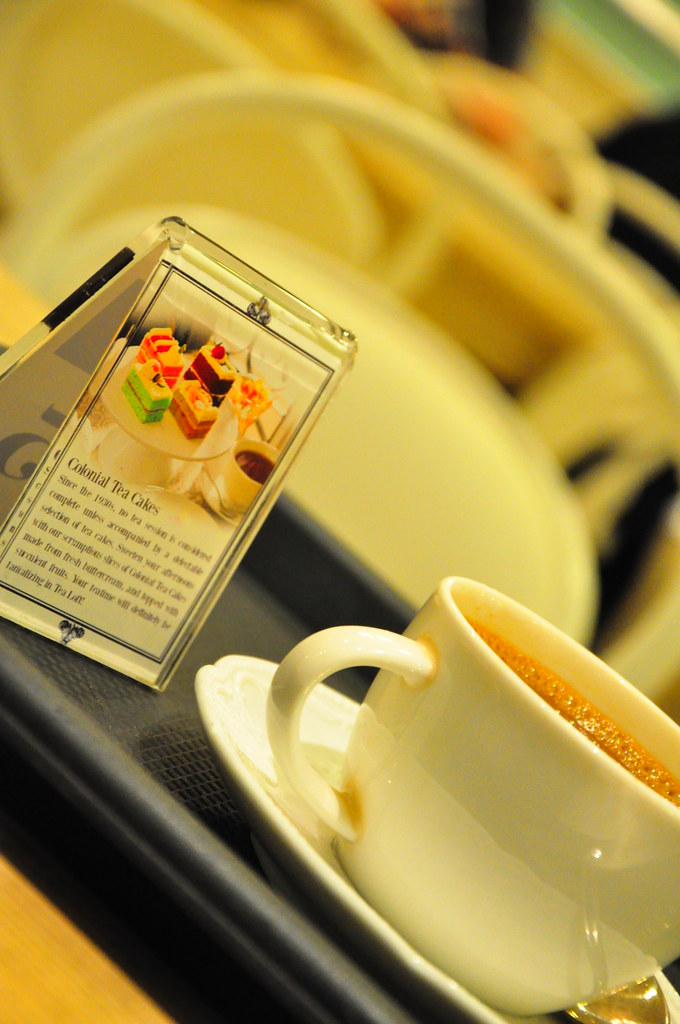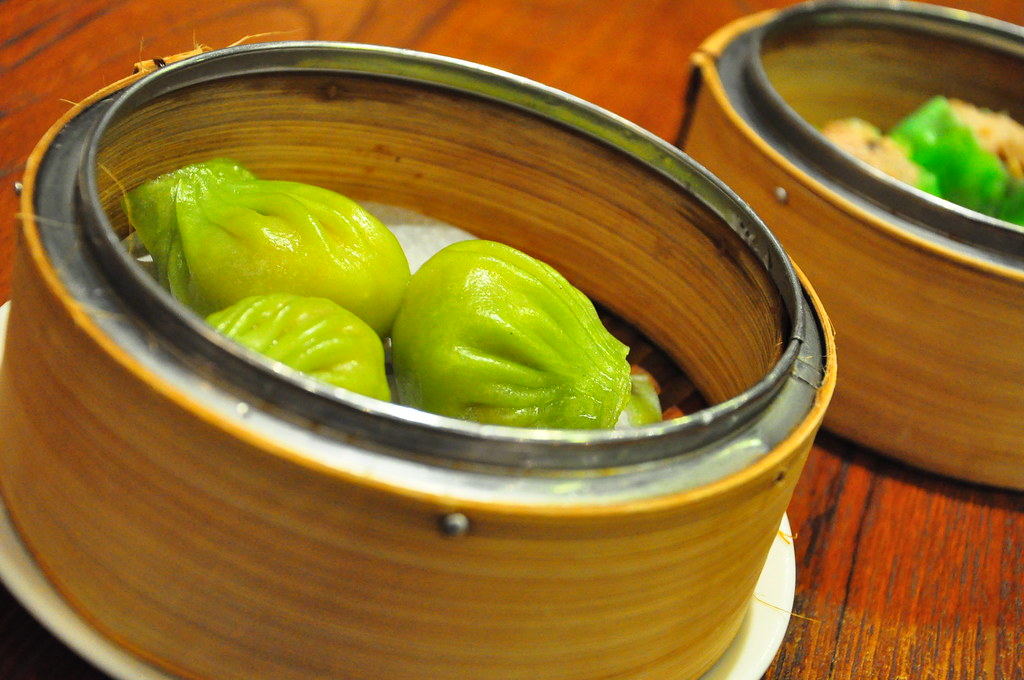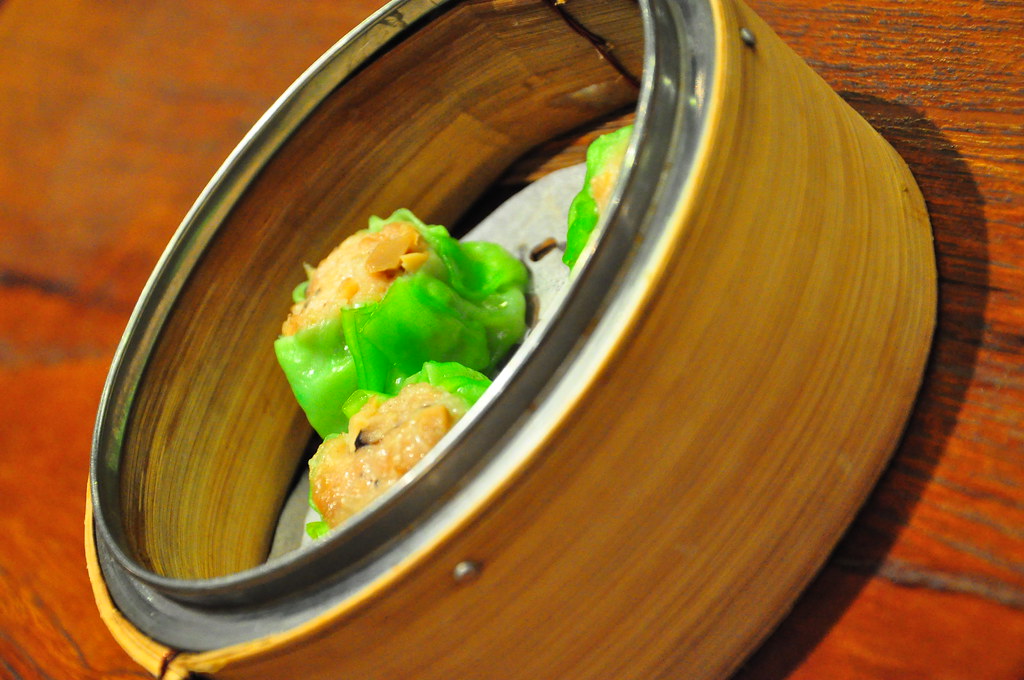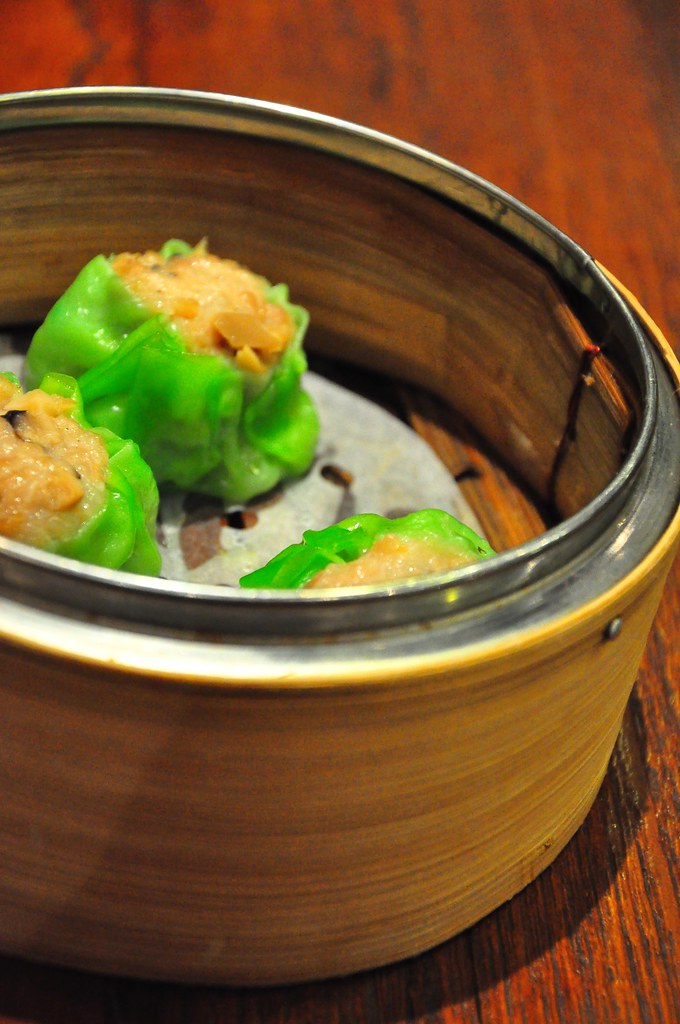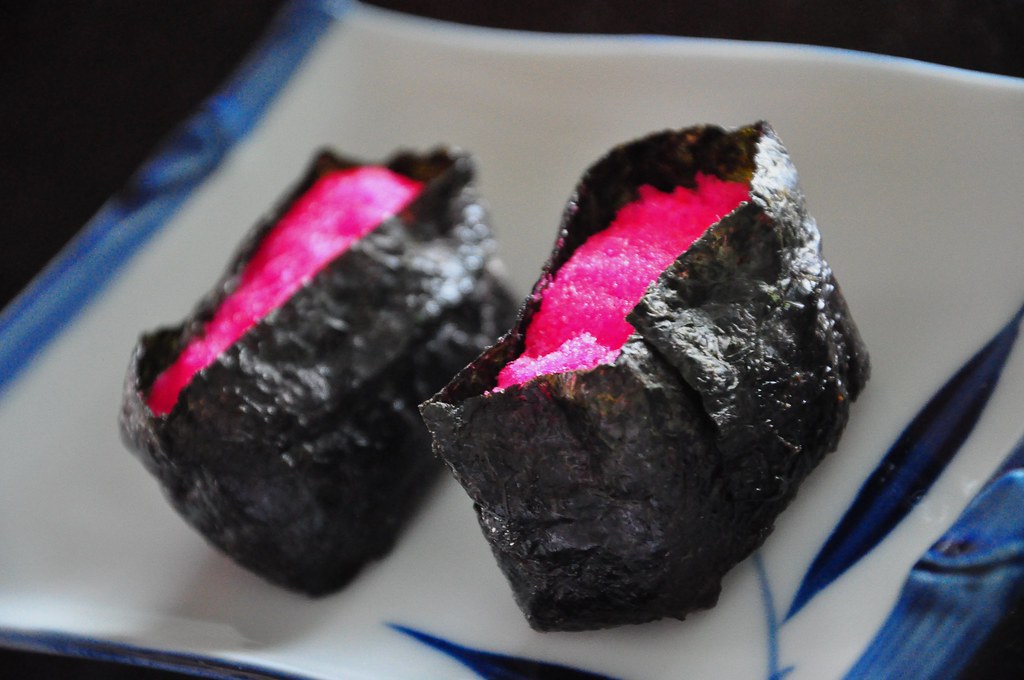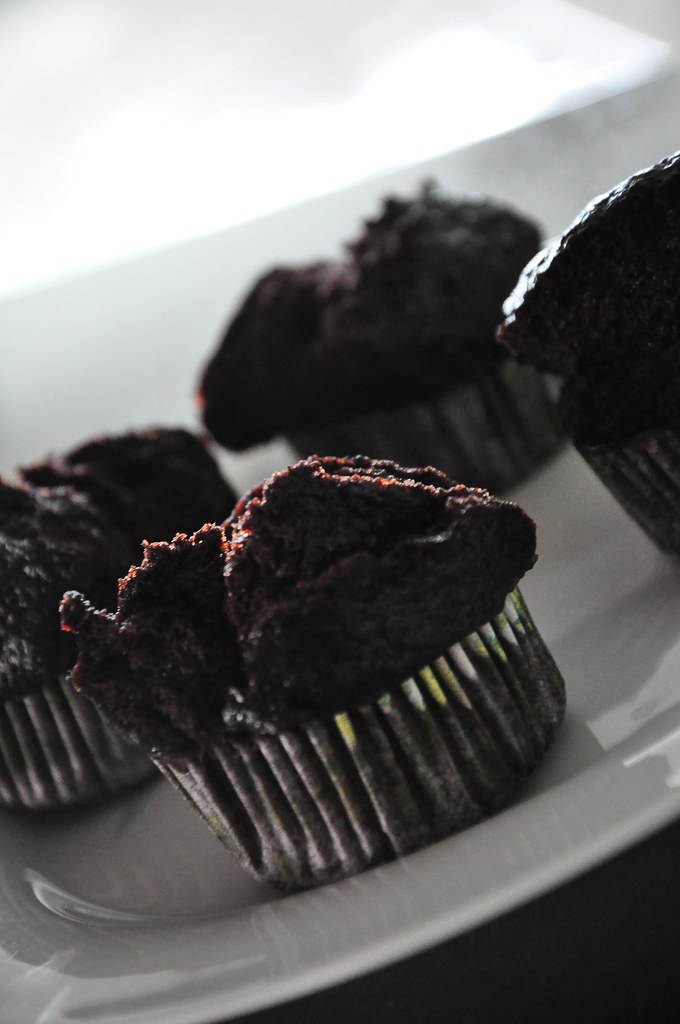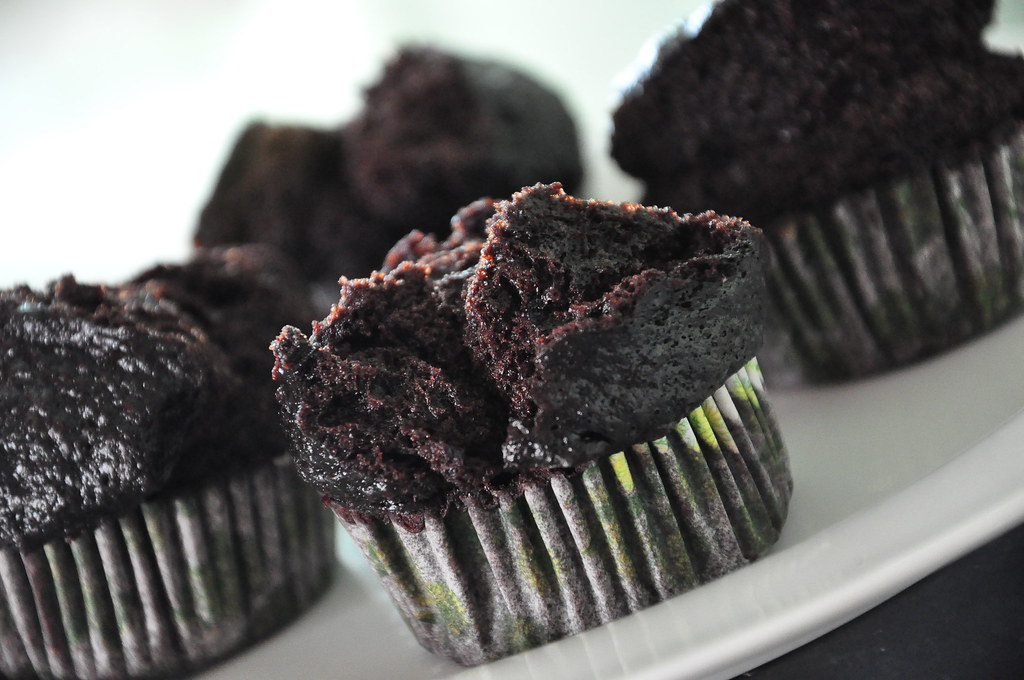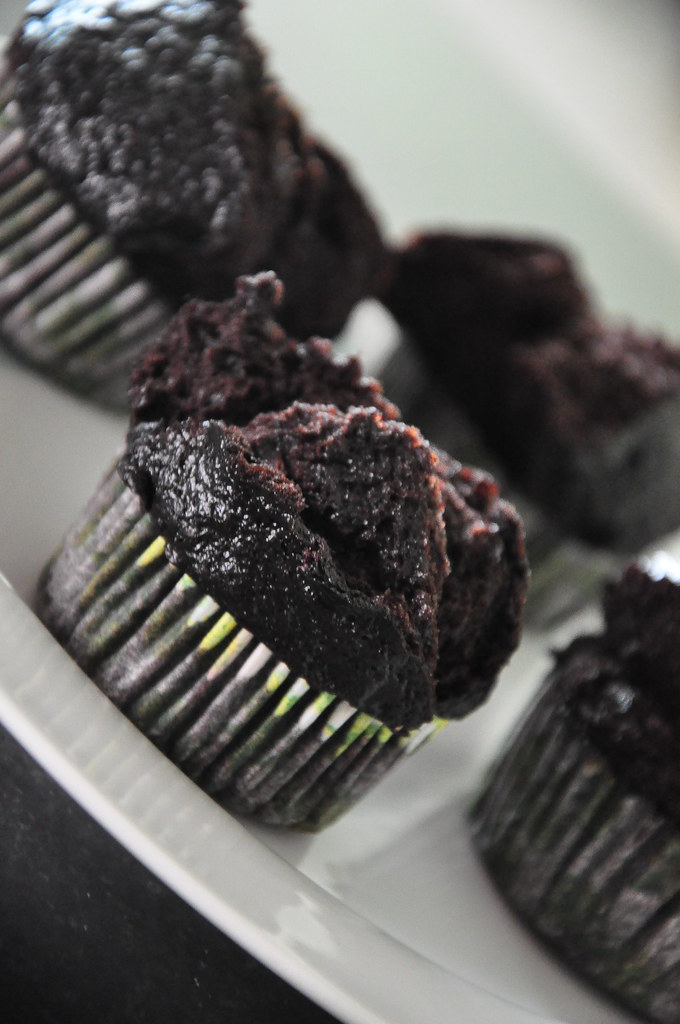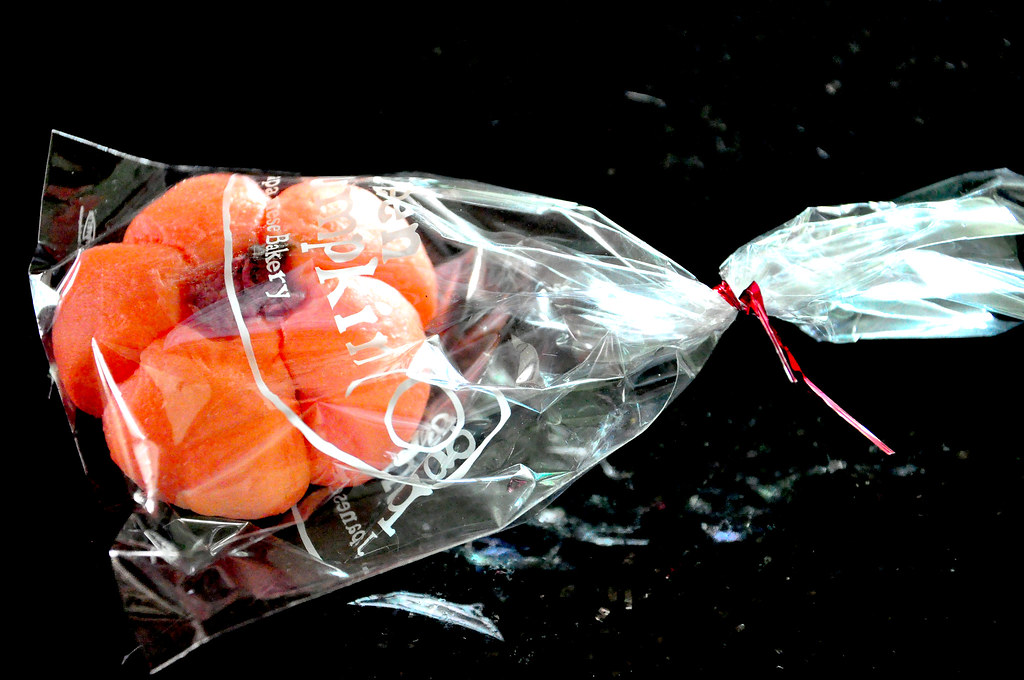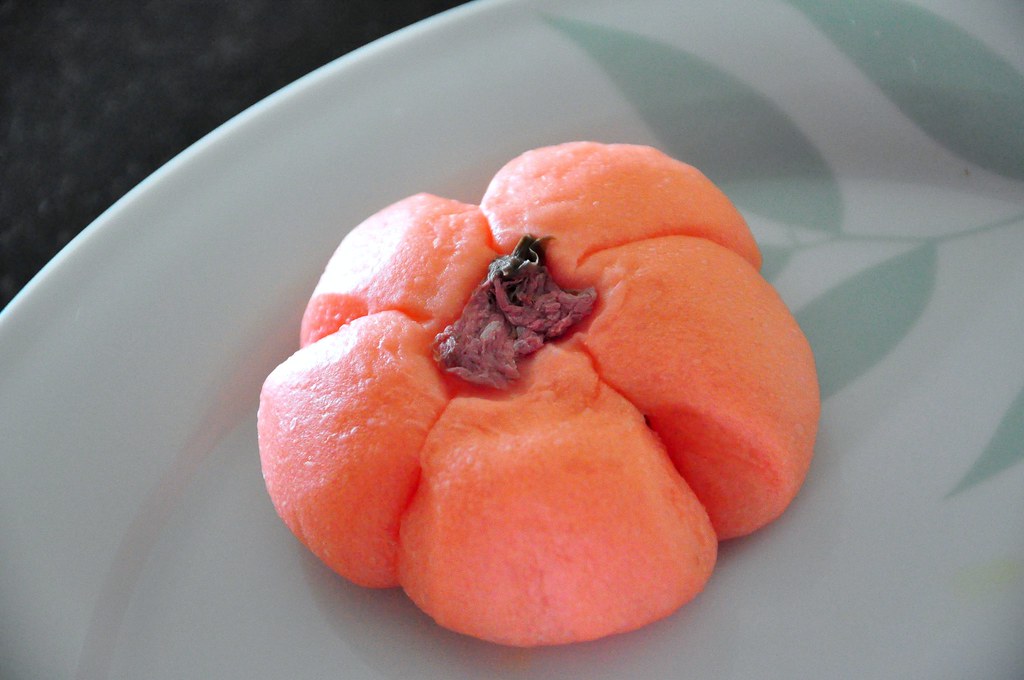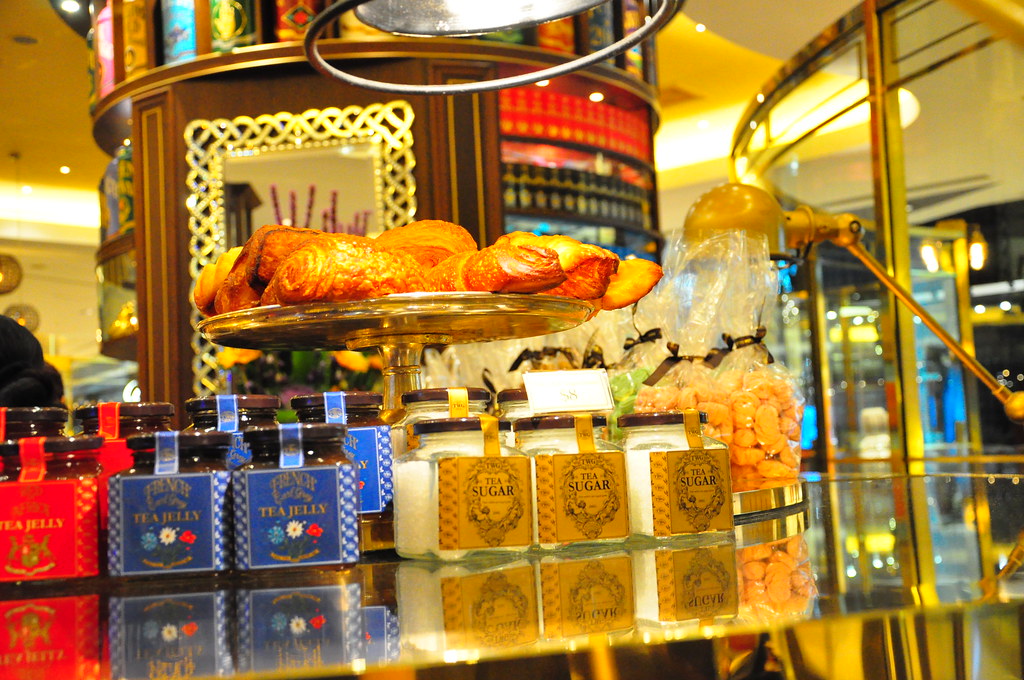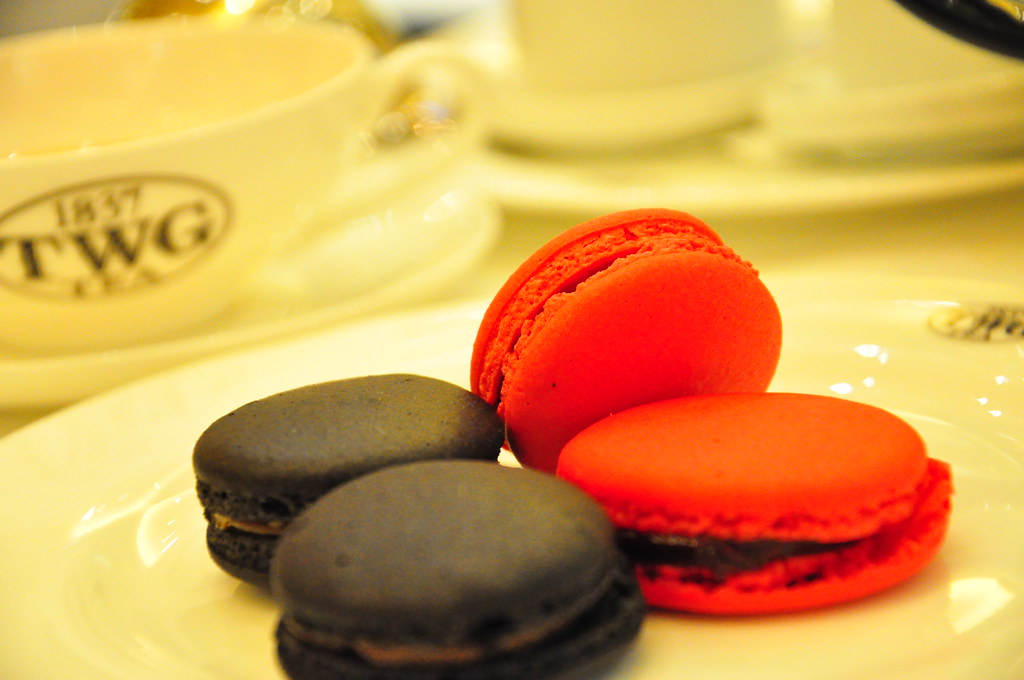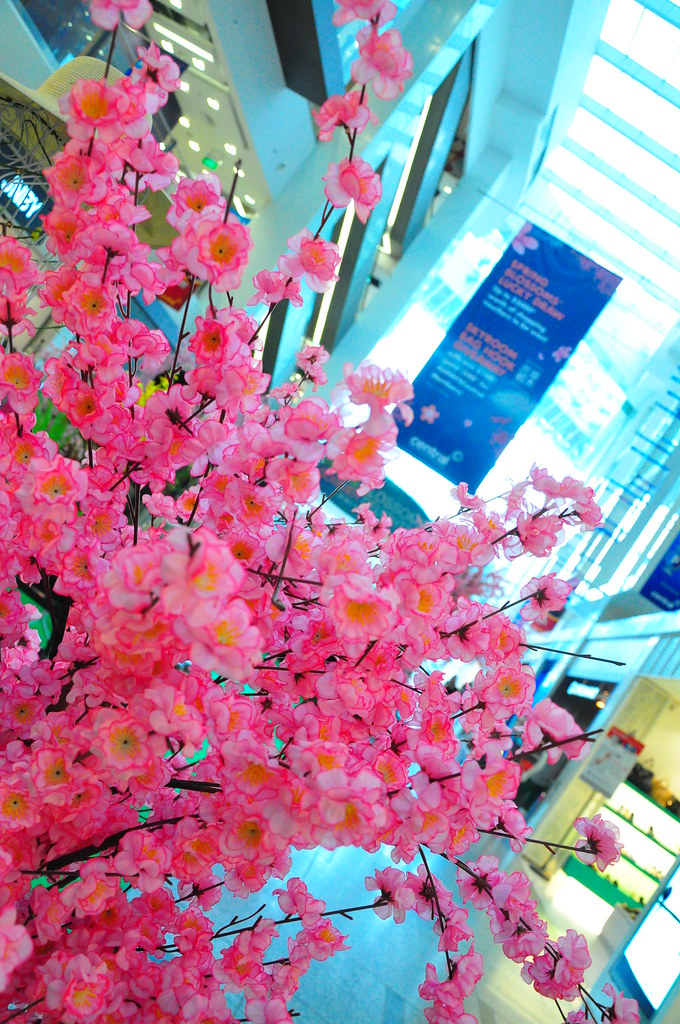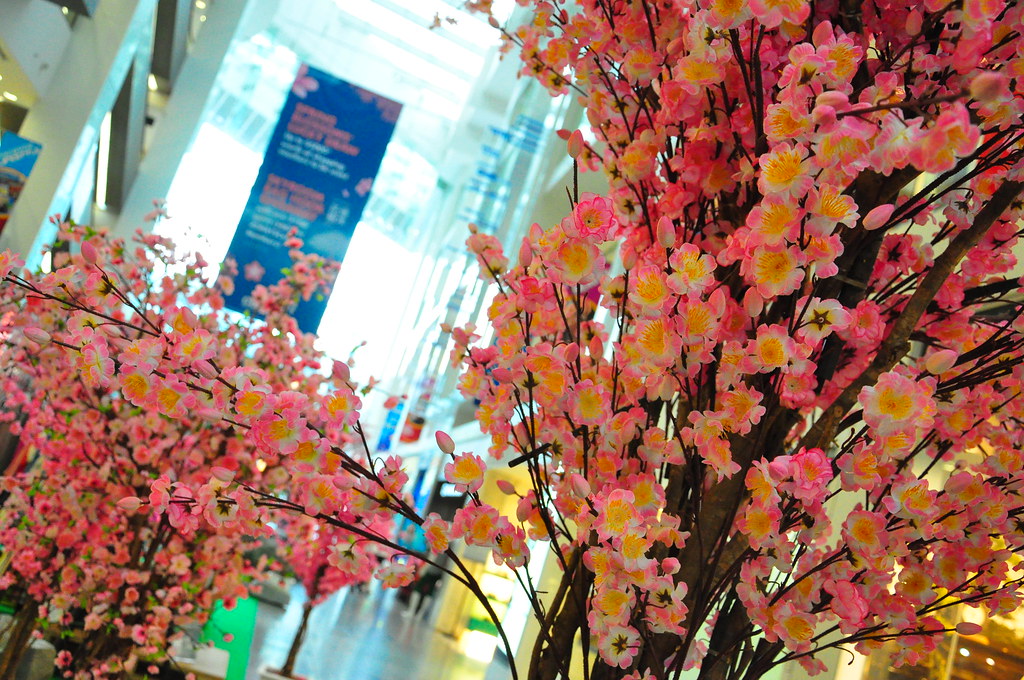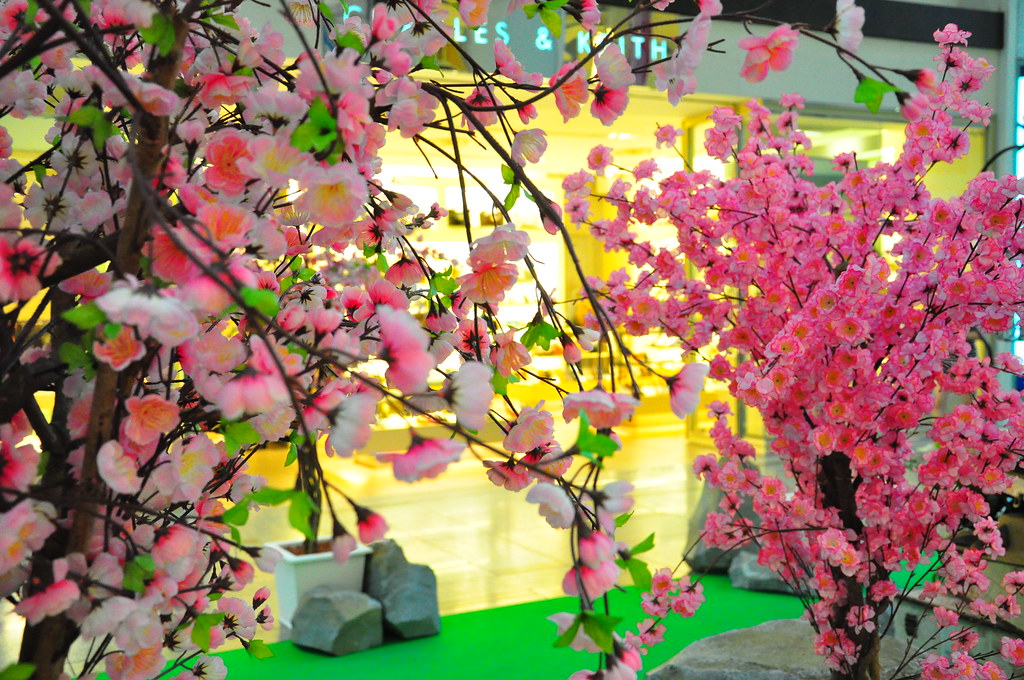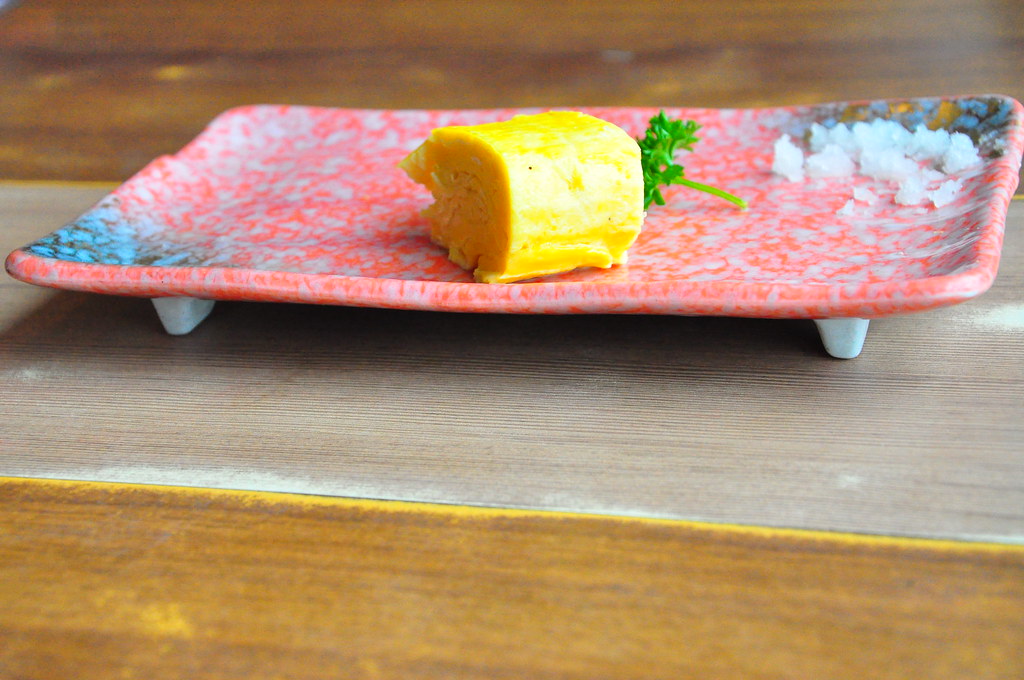Chihuly Lounge- Summer Weekend Afternoon Tea
Take a feast on all the names. Passion fruit mango éclair, casis violet écclair, mango éclair, caramel écair, mac-clair, cherry écair, cookies and cream écair, gula melaka écair, chocolate écair, green tea écair, mixed berries écair, hazelnt éclair, apple écair.
An Equador Rose
Say it with me. #iloveyouimissyousecretfriendshippleaseforgivemeremembermethankyoubemysweetheart. On a rose.
Chihuly Lounge- Summer Weekend Afternoon Tea
Take a feast on all the names. Passion fruit mango éclair, casis violet écclair, mango éclair, caramel écair, mac-clair, cherry écair, cookies and cream écair, gula melaka écair, chocolate écair, green tea écair, mixed berries écair, hazelnt éclair, apple écair.
An Equador Rose
Say it with me. #iloveyouimissyousecretfriendshippleaseforgivemeremembermethankyoubemysweetheart. On a rose.
Chihuly Lounge- Summer Weekend Afternoon Tea
Take a feast on all the names. Passion fruit mango éclair, casis violet écclair, mango éclair, caramel écair, mac-clair, cherry écair, cookies and cream écair, gula melaka écair, chocolate écair, green tea écair, mixed berries écair, hazelnt éclair, apple écair.
Archive for April 2011
Black Fish
Black Meat Bao
Strawberry Steam K-ki
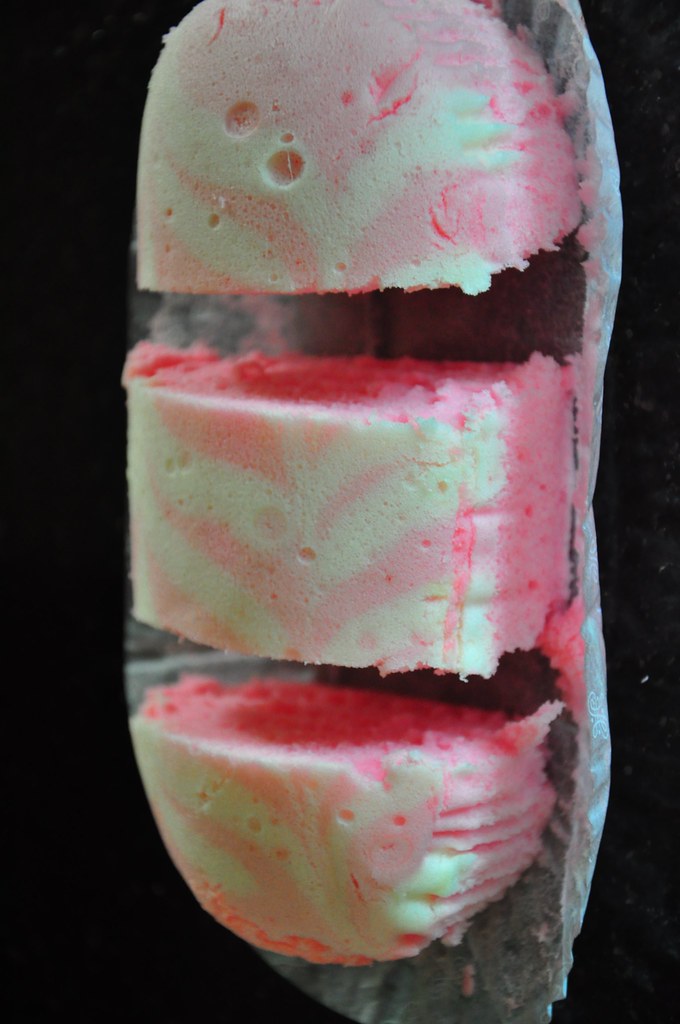
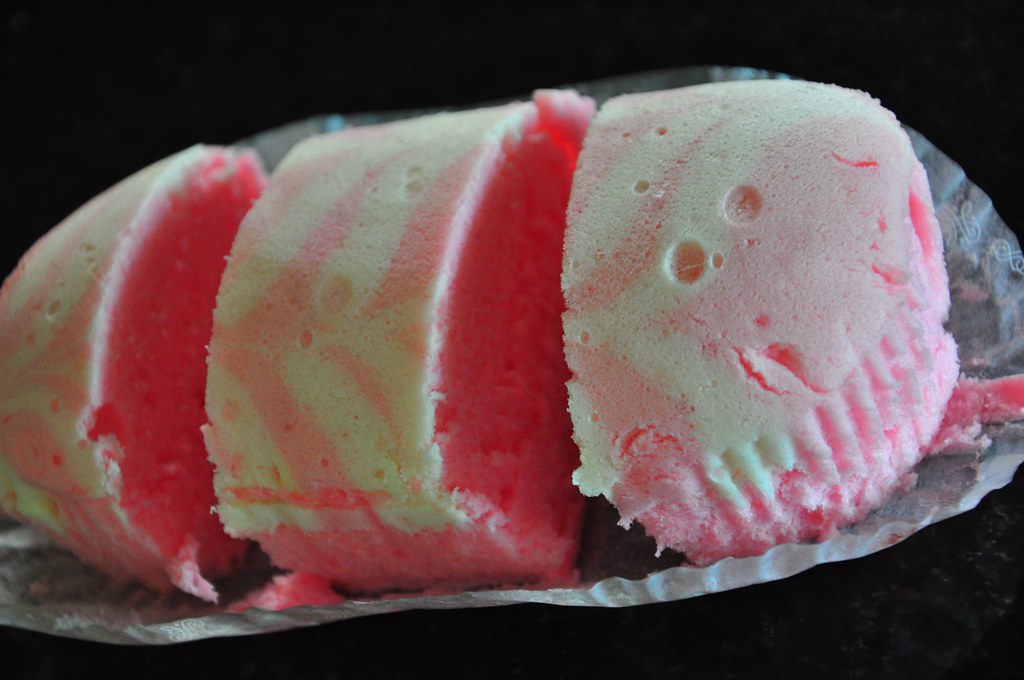
Strawberry Steam Cake (SGD 1.80)
Yam Kaya

Green Dim Sum Twos
Sometimes, the whirl of a cantonese eating house may dizzy you, or maybe it is just exhaustion from a day's travel, you may end up spewing chinese phrases which are muddled in sequence. Like the hargowsiewmai, or harmaisiewgow. Until you are also unsure of what you have just said.
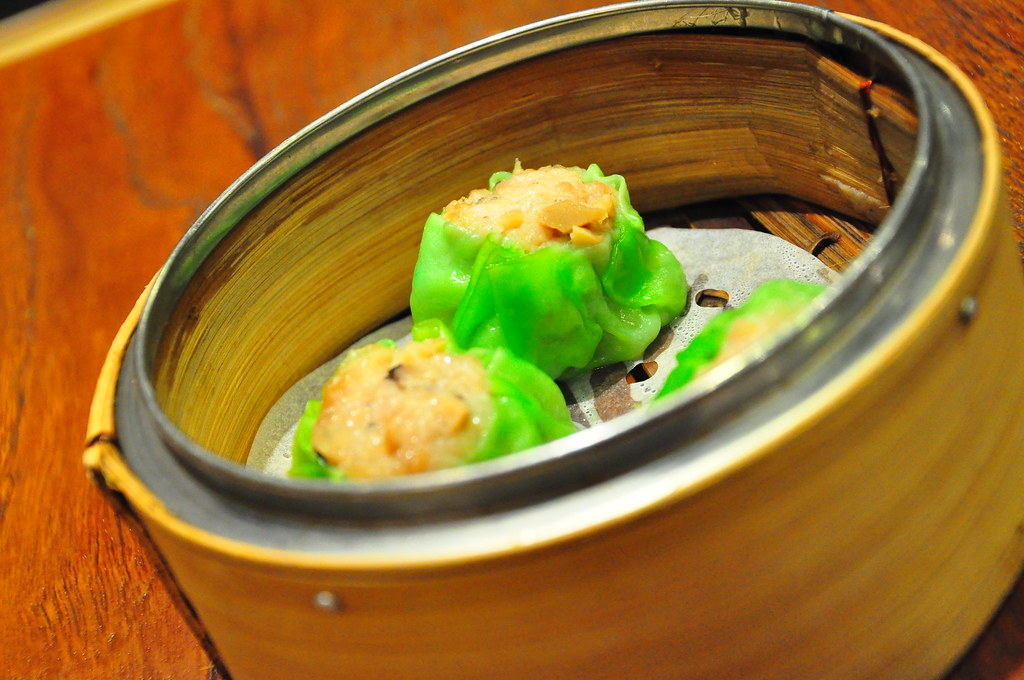
Green Tea Pancake roll
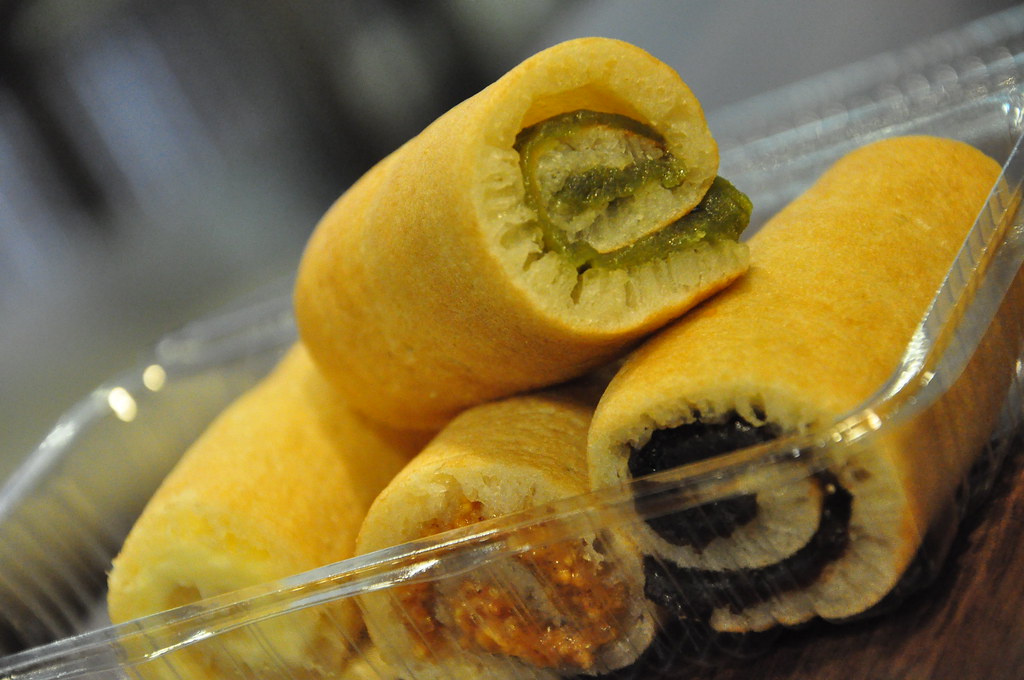
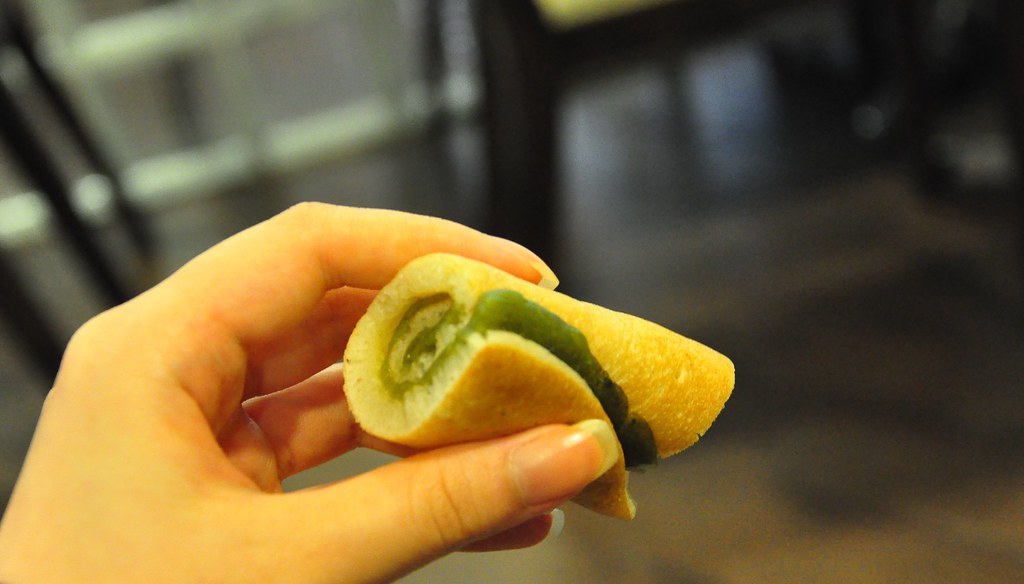
Pink Sushi
Black Huat Kueh
21 Apr, 2011
Dark, dark huat kuehs. So impenetrable like the infinity they are like little devils rubbing their hands in glee that you cannot figure out who and what they are. Oh well because one has not seen huat kuehs coloured so deeply before. When huat kuehs are seen for prosperity and gaiety; happy, colourful, and bright, associating with softness, lightness and airiness.
Pink Flower Bun
TWG
